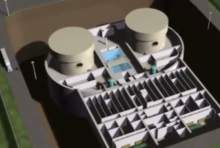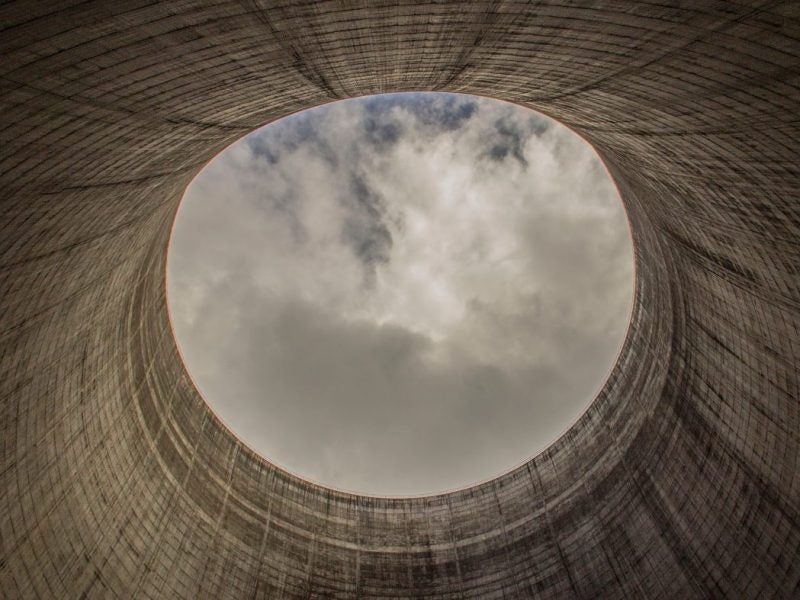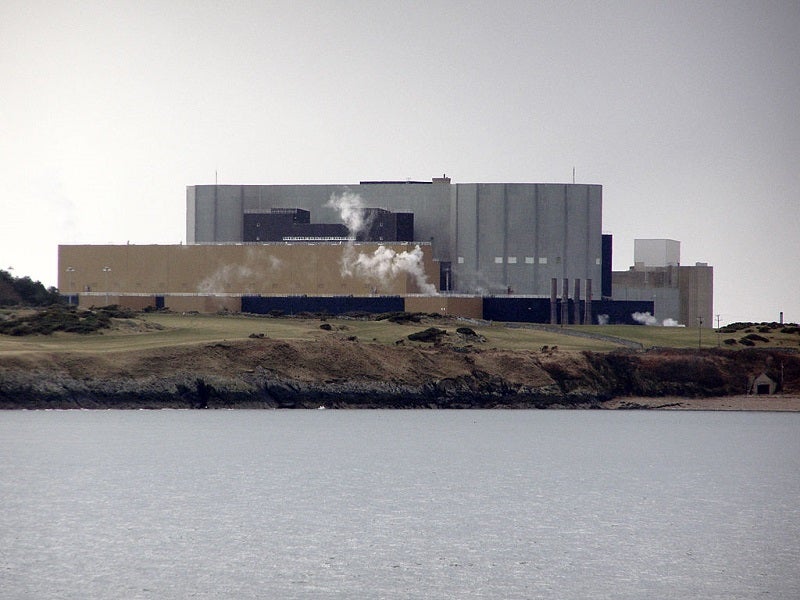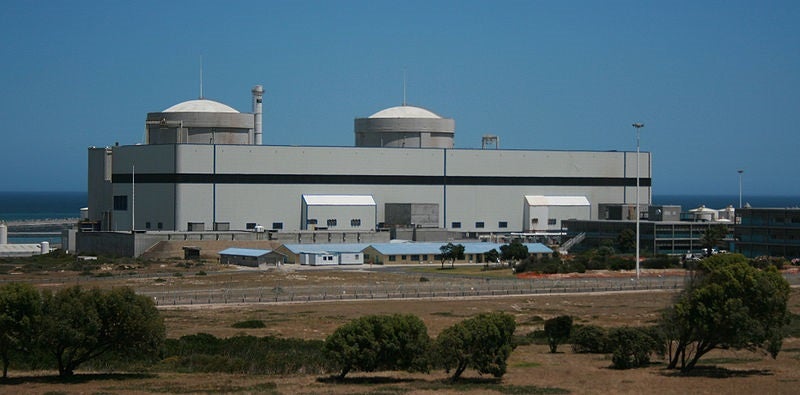

The day of the ‘plug and play’ nuclear reactor may well be nearing. Factory built, transportable and re-locatable Small Modular Reactors (SMRs) offer exciting potential for the nuclear power sector to begin targeting new countries while also offering existing markets wider scope for deployment.
Giorgio Locatelli, senior professor at LincolnUniversity and co-author of a recent paper on the economics underpinning SMRs, explains why the modular approach might broaden the appeal of nuclear and what challenges it must overcome.
Adam Leach (AL): How might the small modular reactor change the nuclear power market?
Giorgio Locatelli (GL) : It changes it from several points of view, the most obvious being cost. If you think about Hinkley Point in the UK, it is a £16 billion investment. For a large utility like EDF, it is possible to find this investment, but there are very few large utilities like that.
For developing countries, it can be very tricky to get equity to make the investments. But with a small modular reactor, you build the first one, which comes cheaper, and then when you’ve raised more money you create the second, and then you start to sell electricity with the first and second, and by selling electricity you can finance the construction of the third unit and then the fourth.
In this way you can cut and then postpone the upfront investment. Moreover, you have the option to test the technology. If you are building a nuclear reactor with £16 billion investment and then you decided not to go ahead with the infrastructure and stop it, you have £16 billion of funds that you are not able to recover. If you have a small modular reactor, the financial risk is reduced.
The second aspect is that the components are smaller. If you are building a large nuclear power plant, you have large forgings, large pumps and very, very large components and [those] are manufactured by fewer companies.
A new project could lead to the development of energy-harnessing carpets or mobile devices that can be charged as your clothes move.
How well do you really know your competitors?
Access the most comprehensive Company Profiles on the market, powered by GlobalData. Save hours of research. Gain competitive edge.

Thank you!
Your download email will arrive shortly
Not ready to buy yet? Download a free sample
We are confident about the unique quality of our Company Profiles. However, we want you to make the most beneficial decision for your business, so we offer a free sample that you can download by submitting the below form
By GlobalDataAL: Which companies are currently developing small modular reactors?
GL: In the United States there is NuScale Power, there is Westinghouse and there is Babcock & Wilcox, which has a Chinese design. In Argentina, there is the CAREM reactor, then in Russia there is a very, very small reactor of 35Mw under construction which is floating, and there is a design in South Korea.
AL: Babcock recently announced it was reducing investment in the development of SMR’s. Why do you think they did that?
GL: They are reducing investment because they cannot find a customer in the United States. There are a lot of companies that are interested, but no one has signed yet.
AL: What do you think is slowing demand for the technology?
GL: I think it is down to the cost of natural gas, which is very, very low at the moment. In the United States, and also Europe, the cost of natural gas is very low and the shale gas and fracking is developing which can keep it low for decades. The point is that if you build a combined cycle gas power plant, it is very easy and cheaper to build and if the gas is cheap it is also cheaper to operate.
For instance, the licensing for a nuclear reactor is very complicated and the construction is very complicated as the quality has to be outstanding, but if you build a combined cycle gas plant, the licensing is obviously more simple and the quality of components required is not so extreme as the nuclear field and there is not the issue of waste management.
AL: What will spur growth?
GL: What we need is a first mover. Historically, all nuclear reactors have looked great on paper, but when they start to be built, there could be trouble. So with some designs, there was massive cost escalation, which is an issue for a private utility, but if someone starts to build the reactor and proves that it is possible to build on time and on budget, then other utilities can be more confident in their investment. At the moment, every utility is waiting for someone else to be the first to build.
AL: Where might the first mover come from?
GL: There are two currently under construction, one in Russia through the state owned Rosatum, and the other one in Argentina. If I was going to bet, they will build one in South Korea and the goal there will be to prove that they can be built faster and safer and then they can export.
Another one will probably come up in Russia, but it is a very peculiar market that is not open like the United States. China are interested as well, but for Europe it is not going to be until the year after next. The US is very difficult to predict, because the natural gas price is so low and nuclear licenses have been extended.
AL: How would the SMR approach work with the existing nuclear infrastructure in the USA?
Clean-up costs at the Sellafield nuclear reprocessing field have risen by £2.5bn in the last year.
GL: In the USA, there are cities that are sort of isolated from the main grid. If they build a large nuclear reactor of say 1GW, sooner or later they will to have to shut it down to make the new fuel or to carry out maintenance, so they would have to find spare capacity, which can be tricky.
But by breaking up this capacity into four smaller units, the refuelling of one can be done, then the second, and so on, so it is easier to find the capacity. Plus a nuclear reactor is a base load plant, so even if you are USA you can think about small modular reactors. Also, in USA, most utilities are private utilities, so it’s more difficult for them to raise capital when compared with state funded utilities.
AL: How might the adoption of small modular reactors change the management of nuclear waste?
GL: This depends on the legislation. For instance, with the European legislation, if you are a country you can send abroad your fuel for reprocessing but the final disposal has to be in your own country. In my opinion this is quite crazy because in Europe you need [a minimum of] 15 final repositories compared with the USA which needs only one. So for Italy, we send our fuel to the UK and France for reprocessing but the final repository has to be in Italy, which is a problem because nobody wants it.
AL: Could small modular reactors prompt the the adoption of thorium as nuclear fuel?
GL: In the short term, it is going to be Uranium, because it is a more proven fuel for nuclear reactors, there is an established supply chain, it is reliable and the cost is attractive, so before gambling, people prefer to use the established system. The dichotomy is that scientists, professors and researchers love to do something new and write about a new reactor, a new feature or new stuff, but utilities hate new stuff and investors hate a new idea, they want something that is proven to work where the economy is well demonstrated. If you go online, you find thousands of papers with new designs and new ideas but maybe 1% of them will come to reality.
Making Sellafield safe: counting the cost of nuclear decommissioning


.gif)





